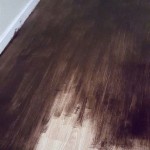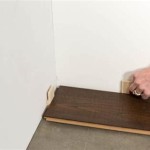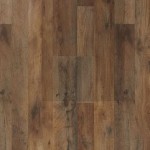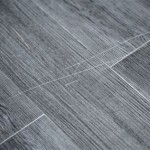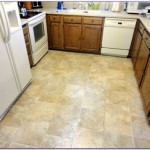Engineered Wood Flooring Minimum Thickness: What You Need to Know
Engineered wood flooring has become a popular choice for homeowners due to its durability, stability, and affordability. It offers the natural beauty of solid hardwood but with enhanced performance characteristics. One of the key factors to consider when selecting engineered wood flooring is its thickness. The minimum thickness of engineered wood flooring can vary depending on factors such as the intended use, subfloor condition, and desired wear resistance. Understanding the minimum thickness requirements for engineered wood flooring is crucial for making informed decisions and ensuring a successful installation.
Benefits of Thicker Engineered Wood Flooring
Thicker engineered wood flooring offers several advantages. First, it provides greater stability and resistance to warping and cupping, which can occur due to fluctuations in humidity and temperature. This is particularly important in areas with varying climates. Second, thicker planks allow for multiple refinishes, extending the lifespan of the flooring and reducing the need for replacement. Third, thicker engineered wood flooring can provide a more substantial and luxurious feel underfoot.
Minimum Thickness Requirements for Different Applications
The minimum thickness requirements for engineered wood flooring depend on the intended application. For residential use, a minimum thickness of 3/8 inch (9.5 mm) is generally sufficient. However, for high-traffic areas or areas prone to moisture, a thicker plank of 1/2 inch (12.7 mm) or more is recommended. In commercial settings, where flooring experiences heavier foot traffic, a minimum thickness of 3/4 inch (19 mm) is often required for durability and longevity.
The Importance of Subfloor Condition
The condition of the subfloor also plays a significant role in determining the minimum thickness required for engineered wood flooring. Uneven subfloors can lead to issues such as squeaking, uneven wear, and premature failure. A smooth and level subfloor is essential for proper installation and long-lasting performance. In cases where the subfloor is not level, it may be necessary to use a thicker engineered wood flooring or to employ leveling techniques to ensure a stable base.
Understanding Wear Layers
In addition to the overall plank thickness, the thickness of the wear layer is also a crucial factor to consider. The wear layer is the uppermost layer of the engineered wood flooring that is exposed to wear and tear. A thicker wear layer provides greater scratch resistance and the ability to be refinished multiple times. For residential use, a wear layer thickness of 1/16 inch (1.6 mm) is typically sufficient. However, for high-traffic areas, a wear layer thickness of 3/16 inch (4.8 mm) or more is recommended.
Other Factors to Consider
Beyond minimum thickness, other factors can influence the performance and durability of engineered wood flooring. These factors include the type of wood species, the finish, and the installation method. Hardwood species known for their hardness and durability, such as oak, maple, and hickory, generally perform well in high-traffic areas. Finishes such as polyurethane and aluminum oxide provide additional protection against scratches, wear, and stains. Proper installation techniques, such as acclimating the flooring to the environment and using the correct fasteners, are essential for a successful and long-lasting installation.
Selecting the appropriate engineered wood flooring thickness is critical for achieving a durable and aesthetically pleasing floor for your home or commercial space. By considering the factors discussed above, you can make an informed decision that meets your specific needs and ensures a successful installation.

Solid Wood Flooring Thickness Guide And Beyond Blog

4 Things To Know Before An Engineered Hardwood Floor Carlisle Wide Plank Floors

Multi Layer Engineered Wood Oak Brushed Yarra Legend

4 Things To Know Before An Engineered Hardwood Floor Carlisle Wide Plank Floors

Multi Layer Engineered Wood European Oak Wirebrushed Plumas Legend

Multi Layer Engineered Wood European Oak Brushed Smoked Bonaa Legend

Multi Layer Engineered Wood European Oak Wirebrushed Old Growth Legend

4 Things To Know Before An Engineered Hardwood Floor Carlisle Wide Plank Floors

Engineered Wood Flooring To Most Expensive Here Are Your Options And Beyond Blog

Engineered Hardwood Flooring At Com
Related Posts

